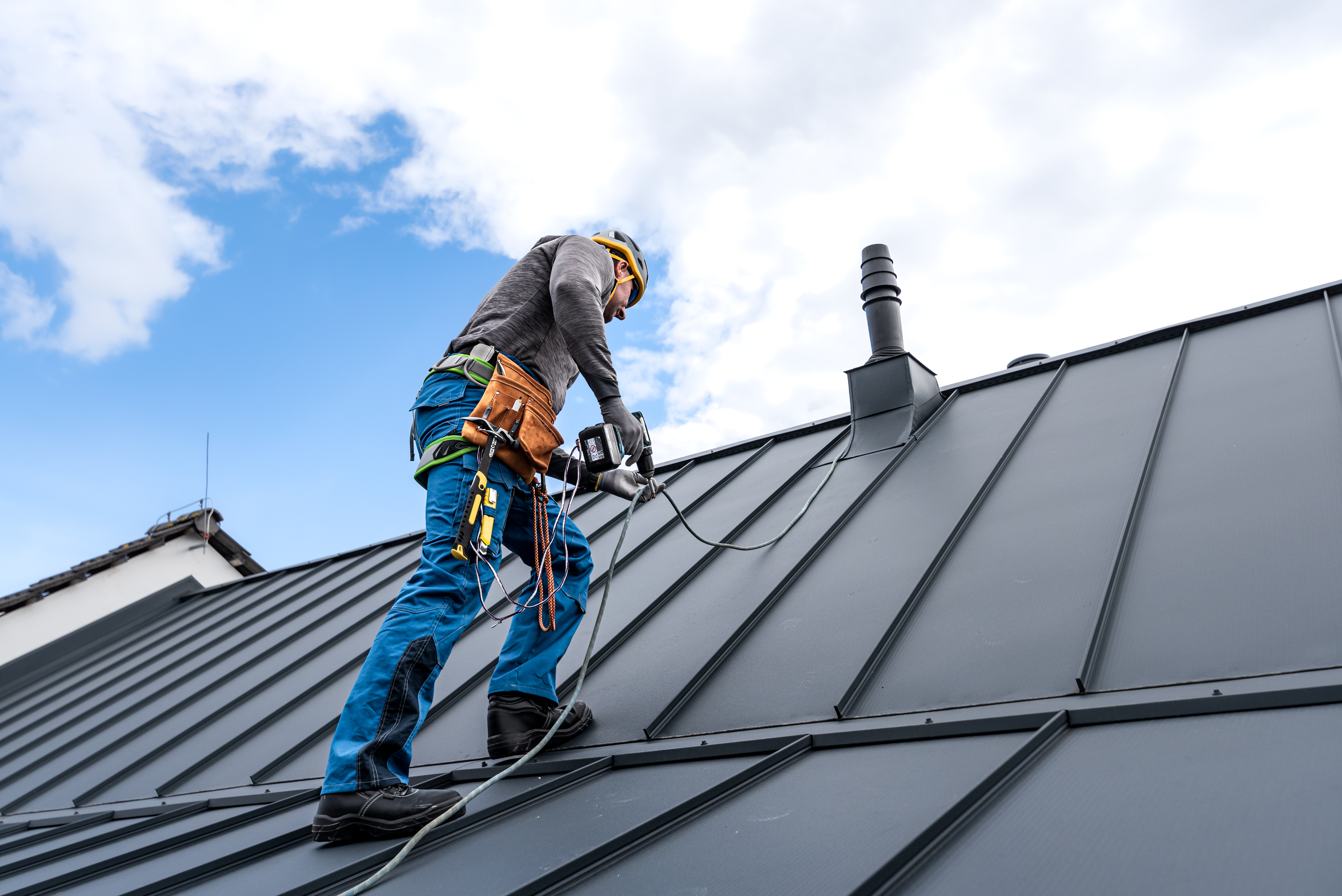
Curious about the cost to replace all the electrical outlets in your house? Electricians will offer a price break, so it’s a smart buy. Find out more here.
We shed some light on how to DIY wiring a switch to an outlet


If you’re tired of fumbling in the dark for the switch to your bedside lamp or just looking to add some extra functionality to your electrical outlets, wiring a switch to an outlet is the perfect solution. If you’re comfortable with DIY electrical work, it’s a relatively simple project that doesn’t always require a professional electrician—however, if you haven’t worked with electrical before, call in a pro. Here’s what you need to do to wire a switch to an outlet.
It’s possible to add an off switch to an outlet receptacle so you can control the power to it. You can complete this task by replacing your existing outlet with a switch/outlet combination, or install a separate wall switch to control the outlet.
However, consider hiring a local electrician to make changes to your home’s outlets. If you don’t have electrical experience, you’ll need to follow more detailed instructions on removing your current receptacle and installing a new switch in its place.
Again, be sure there is no power on the circuit before you begin this project. Here are the steps for wiring a switch to an outlet.
Before you begin wiring a switch to an outlet, shut off the power to the circuit at the breaker box. Testing each plug with a voltage tester is important to ensure there is no power to the circuit. You can verify that the tester is working correctly by checking it on a known live outlet first. Always test both the hot and neutral wires, as well as the ground, to confirm that no residual electricity is present. These precautions can help prevent electrical shocks and ensure a safe working environment.

Once you’ve confirmed that no electrical current is running through the wires, remove the cover plate from the existing outlet and unscrew the screws holding the outlet in place.
Once the outlet is loose, pull it out of the electrical box carefully to expose the attached wires. Be sure to inspect the wiring for any signs of wear, fraying, or damage, as faulty wiring should be replaced first. If necessary, use a voltage tester one more time to make sure that no current is present.

Use a stud finder to check for wall studs or any other obstructions that could interfere with the placement of the switch box. Mark the outline of the box with a pencil to guide your cuts, then use your saw to cut a hole where you’ll put the new switch box. Be sure to put it in a spot where your cable can reach the receptacle box.
After the hole is cut, test the switch box to ensure it covers the exposed area. If necessary, trim the edges slightly for a better fit, but avoid making the hole too large, as this can make securing the box difficult.
Now, take your cable and run it through the wall to the existing receptacle box. Once the cable reaches the box, leave enough slack to work with before securing it in place. Clamp the cable to the box so it stays put while you work. Make sure that the cable is properly positioned and not pinched or twisted, as this can cause electrical issues down the line.

Remove the old receptacle or purchase a new one if needed. If you only want one plug to be activated by the switch, use needlenose pliers to remove the connecting tab on the side of the receptacle between the two plugs.
Be sure to remove the tab only on the brass (hot) side and leave the silver (neutral) side intact. After removing the tab, make sure the two outlets are electrically separated, as this step is key to proper switch operation.

Next, you'll need to disconnect the wires from the outlet. Using your wire strippers, strip about 3/4 inch of insulation off the end of each wire. Electrical color codes will help distinguish which wires are which. The outlet should have two black wires, two white wires, and a green or bare wire. The black wires are the "hot" wires, the white wires are the "neutral" wires, and the green or bare wire is the ground wire.

When you're wiring a receptacle, it's important to mark the white wire that you will connect to the switch with some black tape. This helps distinguish it from the other white wires and indicates it's a "hot" wire. You should also make sure to connect all of the ground wires together.
Next, splice the feed wire with the taped white wire and add a short wire length called a pigtail. You’ll use this pigtail to connect to one of the brass terminals on the receptacle. The remaining black wire should be connected to the other brass terminal, while you should connect the white wire to a silver terminal.

Once all the wires are connected, carefully tuck them back into the electrical box and screw the switch/outlet combo device into place. Turn the power back on and test your switch. If the switch does not work, turn the power back off and inspect the wiring connections to ensure everything is properly secured. If all is working, attach the cover plate to the device.
According to data from Angi customers, 57.8% of electrical projects are repairs-based, while 42.2% are for initial installations or relocations. Call a professional electrician for any electrical problems you have or projects you’re thinking about.
Professionally installing a light switch costs $150 on average, including labor and parts. Most switched outlets operate on a standard, single-pole switch type, which ranges in price from $1 to $15. If a switch is installed far from an outlet, it could cost more to run the wiring from the switch to the outlet.
Ultimately, deciding to DIY or hire a pro to wire a switch to an outlet will depend on your skill level, experience, and comfort level with electrical work. If you're confident in your abilities and have some experience with electrical work, doing the job yourself can be a cost-effective solution. However, if you're unsure or uncomfortable with the task, it's best to hire a local electrician to ensure the job is done safely and correctly.
From average costs to expert advice, get all the answers you need to get your job done.

Curious about the cost to replace all the electrical outlets in your house? Electricians will offer a price break, so it’s a smart buy. Find out more here.

The cost to install a 220v outlet will depend on factors such as what type of 220v outlet you need and other key factors you can learn about in this cost guide.

Looking to size up your electrical system to cover higher usage and improve efficiency? Use this guide to see the cost to upgrade an electrical panel.

If you use several electrical appliances in your home simultaneously and the power shuts down, an overloaded circuit could have tripped the breaker. Follow these simple steps to reset your breaker.

Learn the differences between a whole-house fan versus an attic fan so you can understand the key roles they play in maintaining your home’s air comfort levels.

Discover the cost to install a home wind turbine, including average prices, key factors, and tips to help you budget for your renewable energy project.